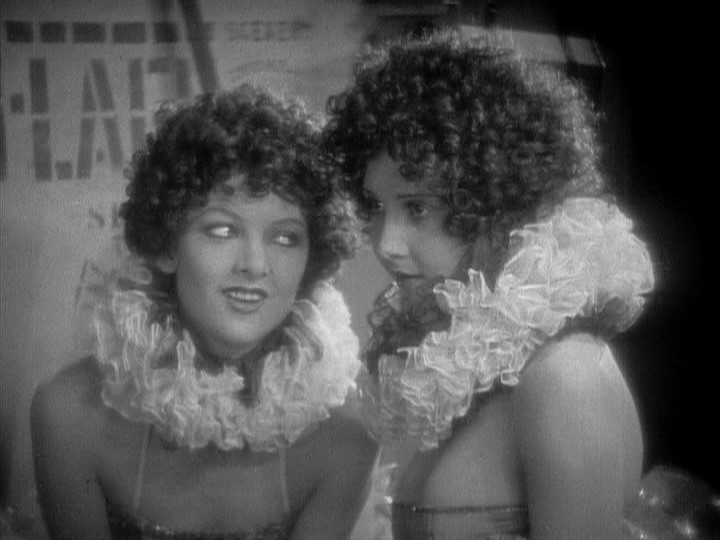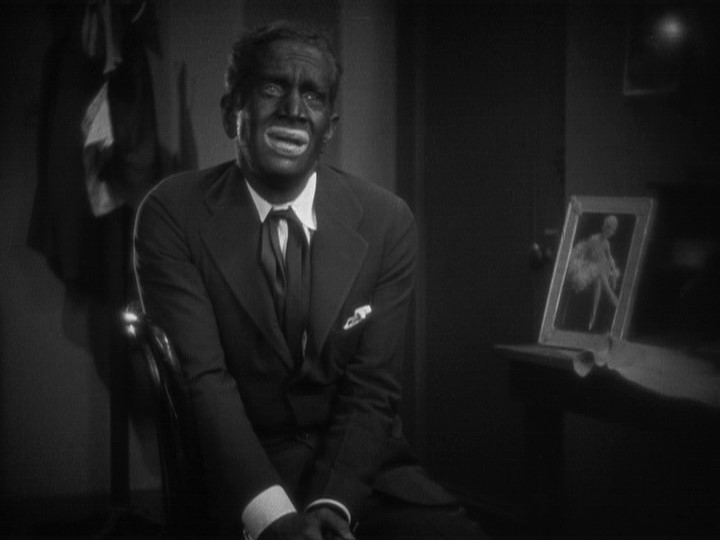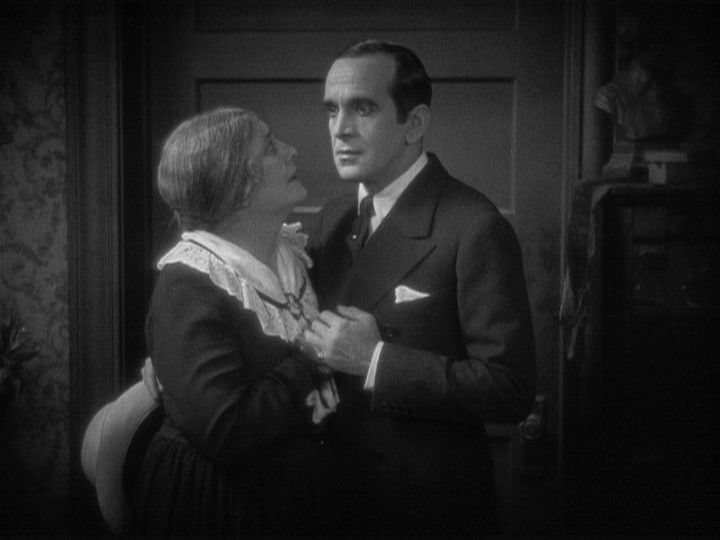![]()
![]()

![]()
![]()
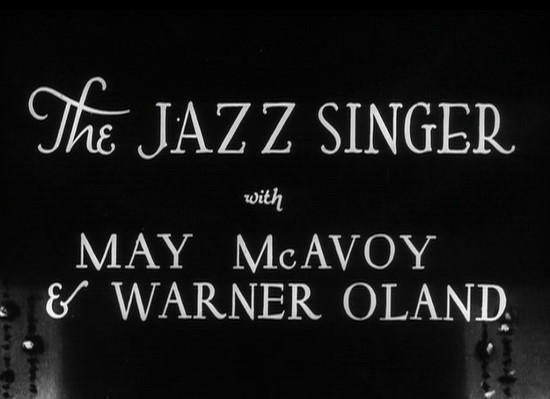
Directed by
Alan Crosland
USA 1927
At the very first Academy Awards
ceremony on May 16, 1929, Douglas Fairbanks presented a special Oscar to Warner
Bros. production head Darryl F. Zanuck, who accepted on behalf of his studio for
"producing The Jazz Singer, the pioneer outstanding talking picture,
which has revolutionized the industry." Zanuck dedicated the award to Sam
Warner, the brother who had served as the studio's chief executive and who had
died the day before The Jazz Singer opened. Zanuck described the late
executive as "the man responsible for the successful usage of the medium." The
ceremonies ended on a lighter note as Al Jolson, the movie's star, entertained
with patter and song. "I noticed they gave The Jazz Singer a statuette,"
he said. "But they didn't give me one; For the life of me, I can't see what Jack
Warner can do with one of them. It can't say yes."
Experiments in sound film had been occurring almost since the birth of silent
pictures, but Warner Bros. - until then considered a second-string studio - took
the initiative in creating sound feature films after setting up its own radio
station in 1927. Using its newly developed Vitaphone process, the studio added a
score and sound effects to Don Juan (1926), a John Barrymore silent
already in production. The success of this film, plus a series of musical
shorts, inspired the creation of the first real "talkie" feature, The Jazz
Singer.
Although Jolson had been the model for the central character in the Broadway
play that became the basis for The Jazz Singer, the role of a young
cantor who defies family tradition to become a pop singer had been played
onstage by George Jessel. Warners bought the film rights for $50,000 and also
signed Jessel, who balked when he learned the film would include sound and
demanded an additional $10,000 to perform the songs. Instead, Warners turned to
Jolson, and film history was made. The Jazz Singer proved a sensation at
the box office, earning $3.5 million in profits on an investment of $500,000. As
its special Oscar indicated, the film sparked the sound revolution and helped
turn Warner Bros. into a major studio. Jolson's next film for Warners, The
Singing Fool, was an even bigger hit and grossed more than any other movie
of the 1920s.
Excerpt from Turner Classic Movies located HERE
Posters
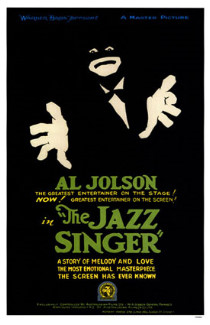 |
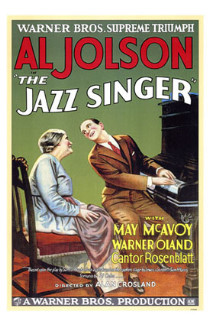 |
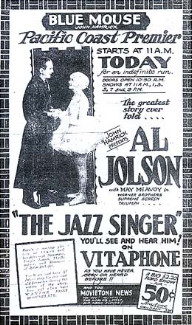 |
Theatrical Release: October 5th, 1927
Reviews More Reviews DVD Reviews
DVD Review: Warner - Region 1,2,3,4 - NTSC
| DVD Box Cover |
|
CLICK to order from: |
| Distribution | Warner Home Video - Region 1,2,3,4 - NTSC | |
| Runtime | 1:36:06 | |
| Video | 1.33:1
Aspect Ratio Average Bitrate: 6.13 mb/s NTSC 720x480 29.97 f/s |
|
|
NOTE: The Vertical axis represents the bits transferred per second. The Horizontal is the time in minutes. |
||
| Bitrate: |
|
|
| Audio | English (Dolby Digital 1.0) | |
| Subtitles | English (HOH), English, French, Spanish, None | |
| Features |
Release Information: Edition Details:
Disc 1: The Movie
Disc 2: The Early Sound Era
Disc 3: Vitaphone Shorts
Collector's Edition bonuses: |
|
Package
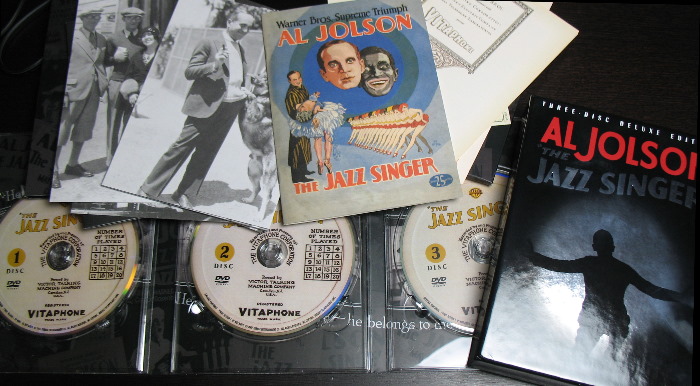 |
| Comments: |
I finally got through all that this 3-disc Deluxe Edition entails and I've been dreading writing this review as I sincerely doubt that I can convey the enormity of the package that Warner have pieced together here. I started watching it feeling as much a chore but really got into this - quite completely. Technically what we have is three dual-layered NTSC DVDs, coded for regions 1 thru 4, in a custom package. The first contains the 1927 film - The Jazz Singer - with some relevant extras and the second two discs are overflowing with supplements. Visual quality on the main feature looks as the image captures below indicate. Damage, some digital noise etc are present but its clear that some extensive work has been done to bring this historically important film for digital presentation. Indicated on the package slip included 'new digital transfer and immaculately refurbished soundtrack from restored picture elements and original Vitaphone-Sound-on-Disc recordings.'
The audio track appears to have the most work done and although it is light years from state of the art movies it is all audible and makes the film thoroughly watchable... and enjoyable. To believe that this was made as the first large-scale talkie feature film is astounding indeed. If I'm calculating correctly - there is about 4.5 hours of extra material altogether (I must be wrong as there is 3.5 hours on the 3rd disc alone). I won't bother writing about each segment (listed in its entirety above) but instead recommend watching it all to get the most value. I will point out what I found most appealing; the Ron Hutchinson and Vince Giordano commentary is a must to understand intricate details the film and its history. I entered very ignorant about The Jazz Singer and now feel quite educated after listening. It's also fun as well. I, of course, enjoyed the Tex Avery cartoon, feature-length documentary The Dawn of Sound: How Movies Learned to Talk on disc two and many of the Vitaphone comedy and music shorts on disc 3. You really are stepping back in time viewing this. I suggest a pitch black room - by yourself. Perhaps more than the film itself is the historical document provided by this package and its accumulated wealth of knowledge through the supplements. It's appropriate that Warner chose this manner in presenting The Jazz Singer as it is so much more impacting and garners the most complete appreciation. This, unfortunately, will be ignored by the vast mass of DVD buyers when it may be one of the more important releases of the year. My opinion. As far as value goes for price - this is top shelf. |
DVD Menus
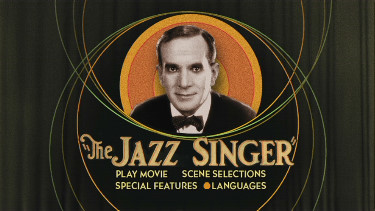 |
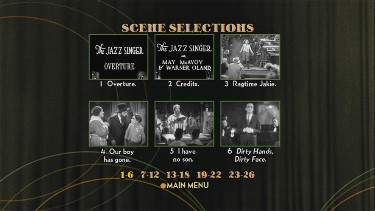 |
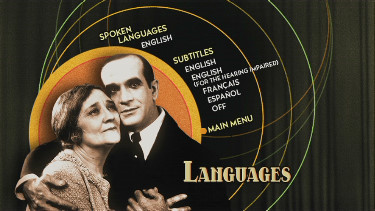 |
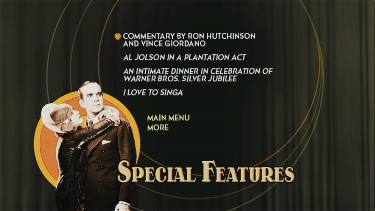 |
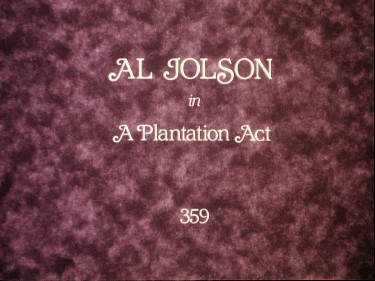 |
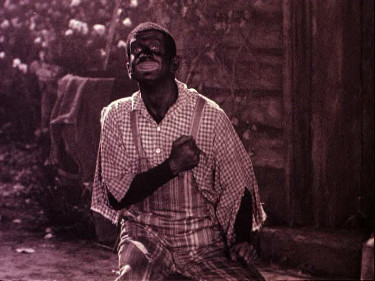 |
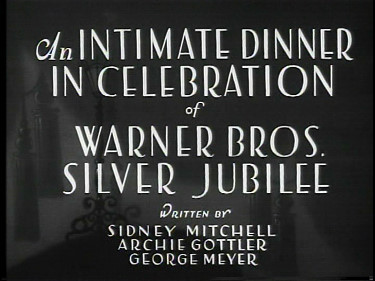 |
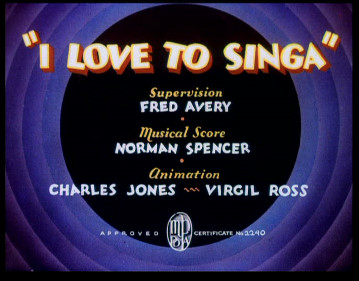 |
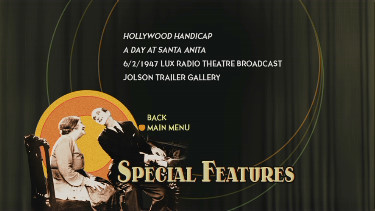 |
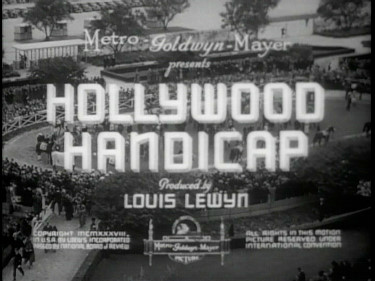 |
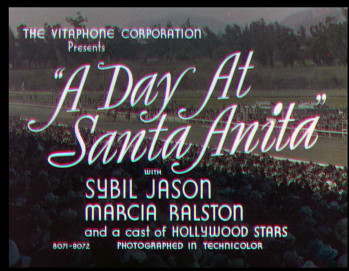 |
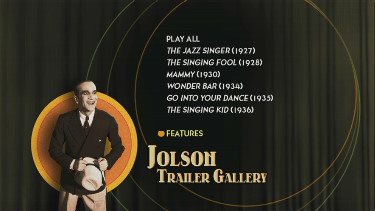 |
Disc 2
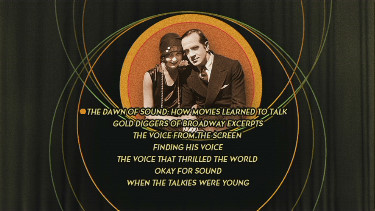 |
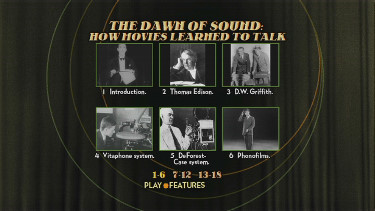 |
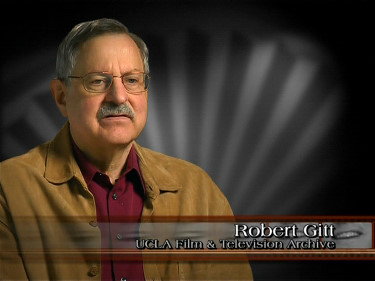 |
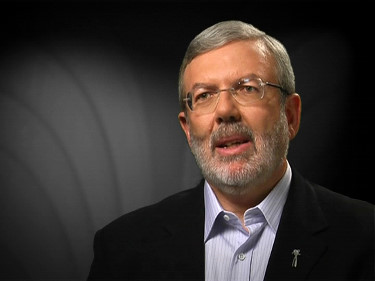 |
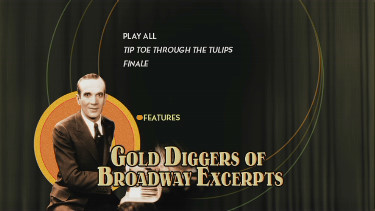 |
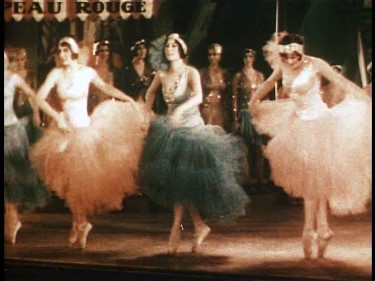 |
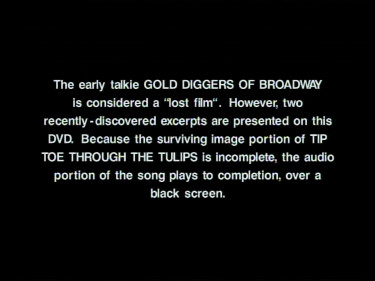 |
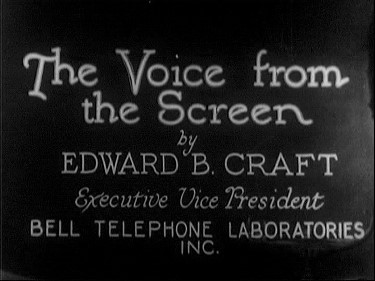 |
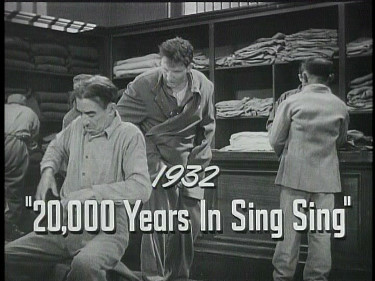 |
 |
Disc 3
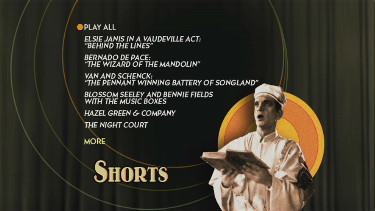 |
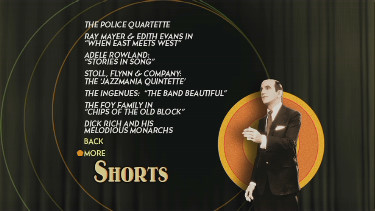 |
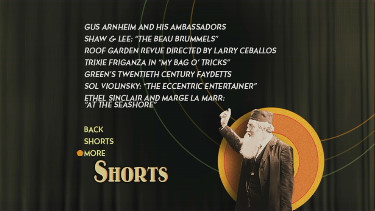 |
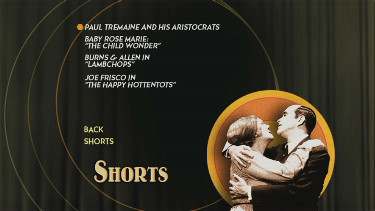 |
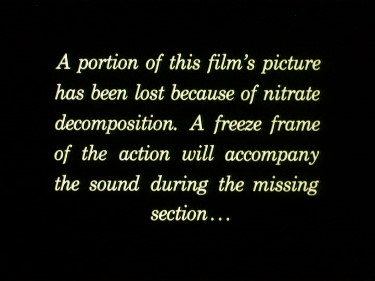 |
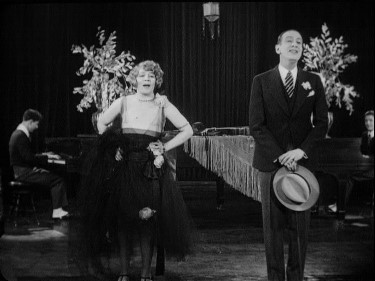 |
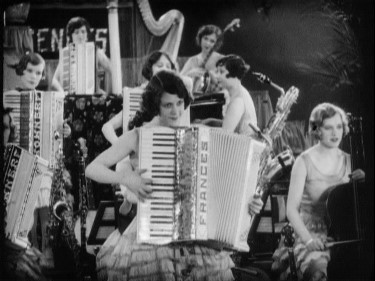 |
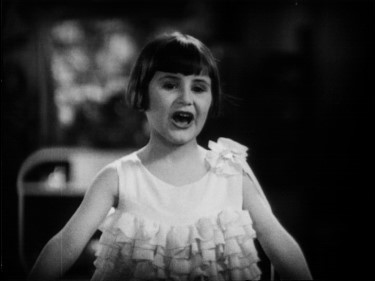 |
Subtitle Sample
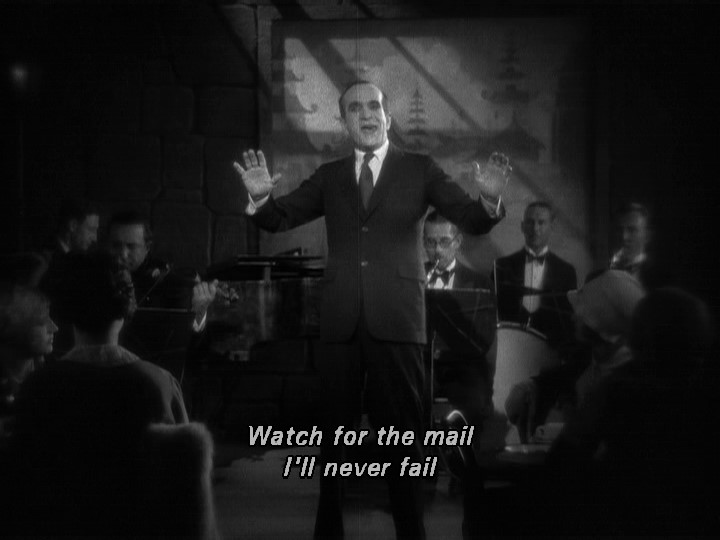 |
Screen Captures
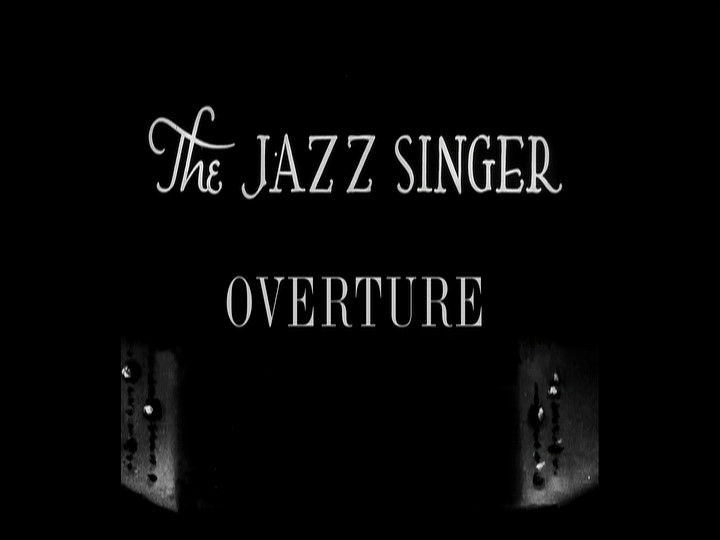 |
Intertitles (still used to some degree!)
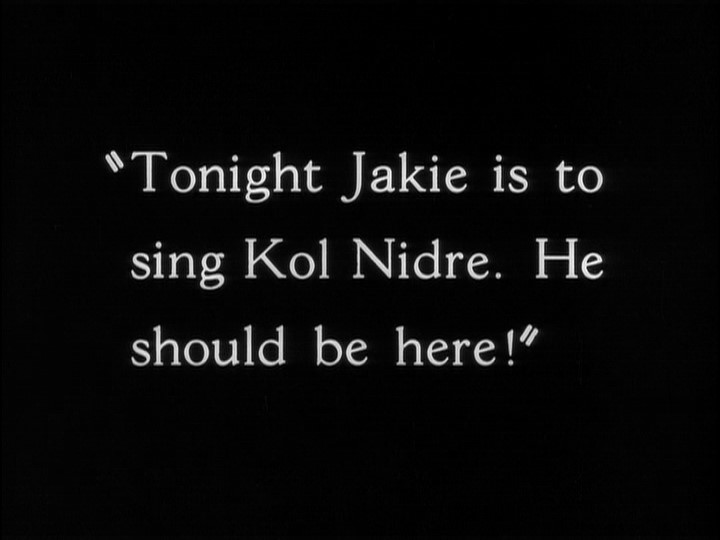 |
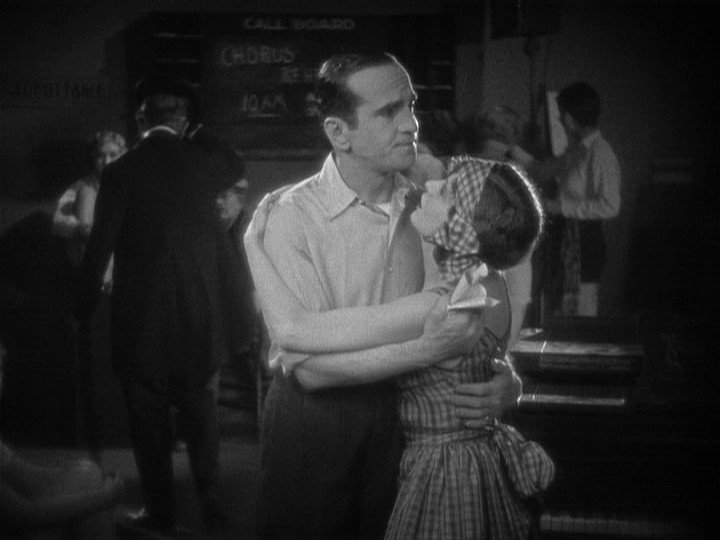 |
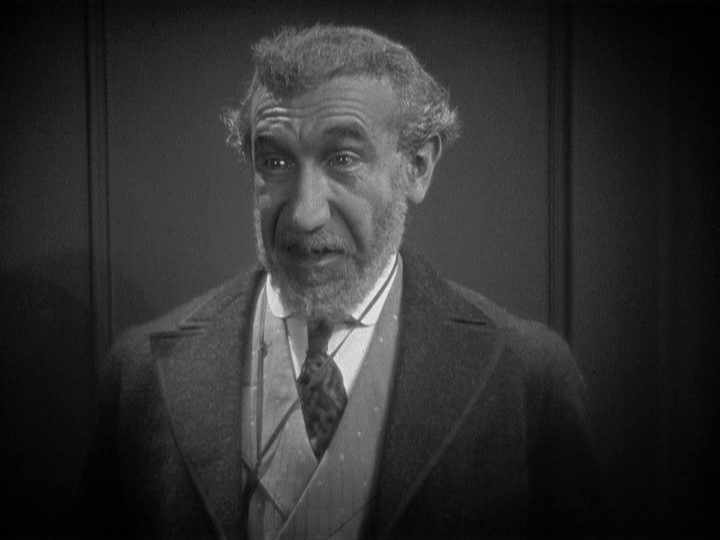 |
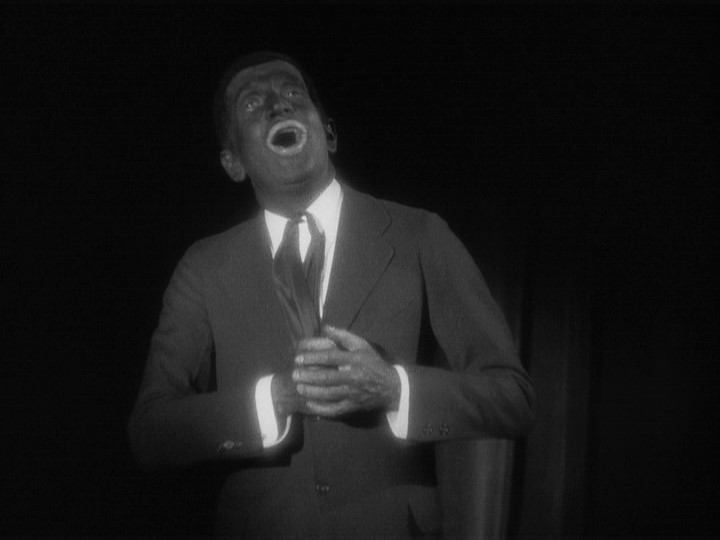 |


